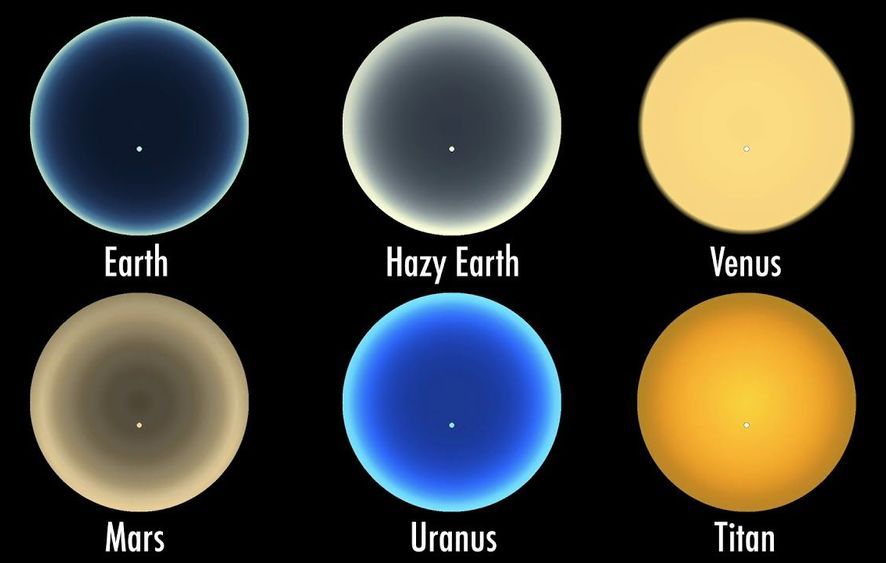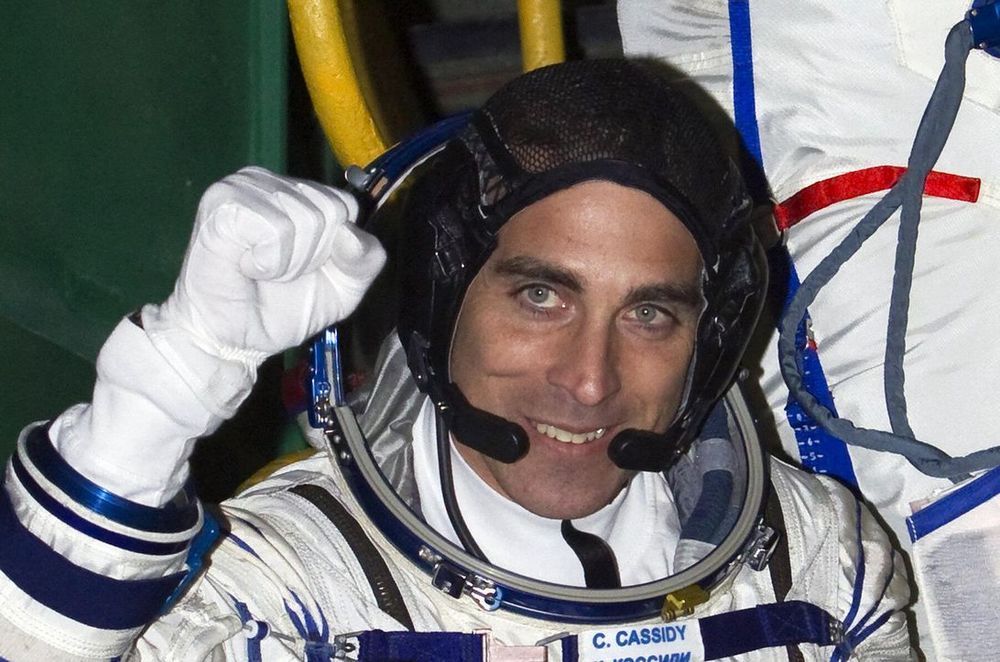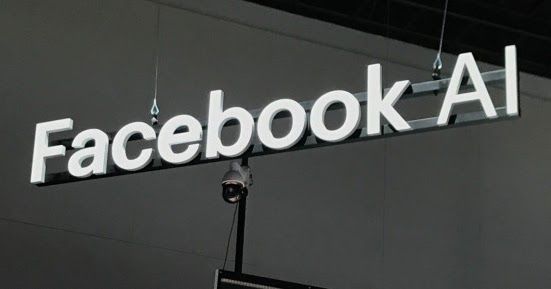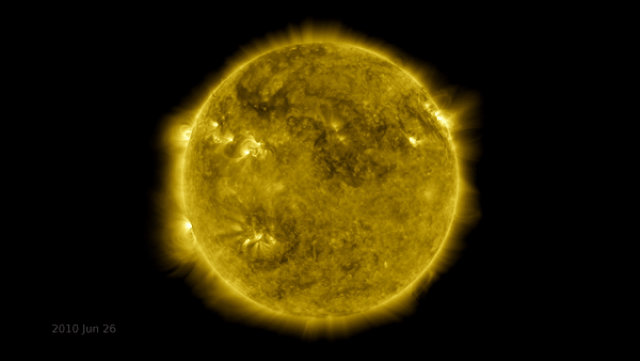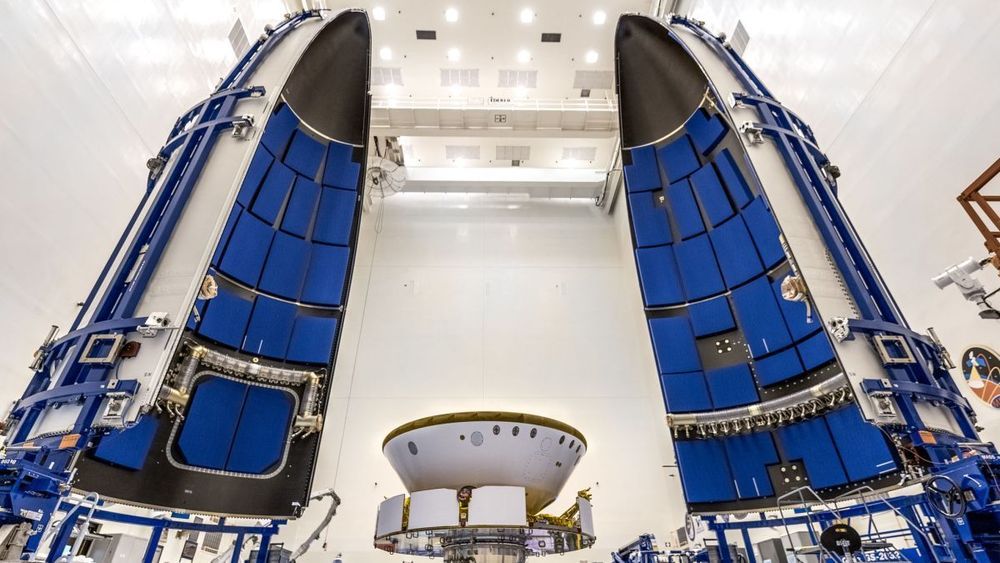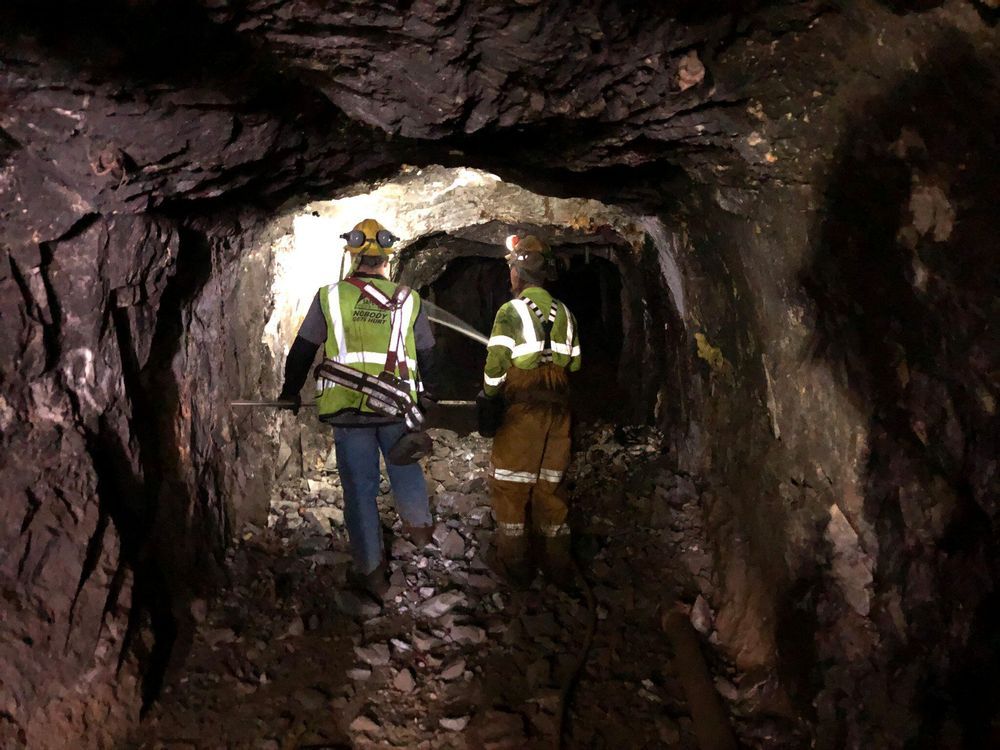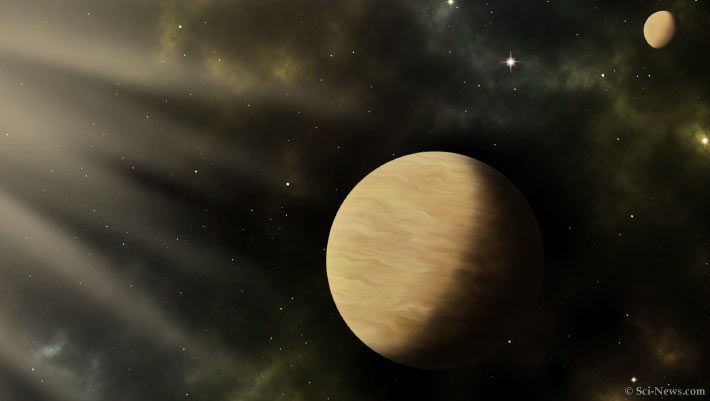How would the Sun look as it dipped below the horizon on a long (17 hour) day on Uranus? Or what would a late-night sunset on Mars look like, when we finally get there? Thanks to some NASA computer modelling, these scenarios are now a little easier to imagine.
What makes a sunset is the interplay of light from the Sun – which includes all the colours of the rainbow – together with the gases and dust in the atmosphere. The less atmosphere, the less impressive the sunset.
Planetary scientist Geronimo Villanueva, from NASA’s Goddard Space Flight Center in Greenbelt, has created simulations of how sunsets might look on Venus, Mars, Uranus, the Saturn moon Titan, and Trappist-1e.
